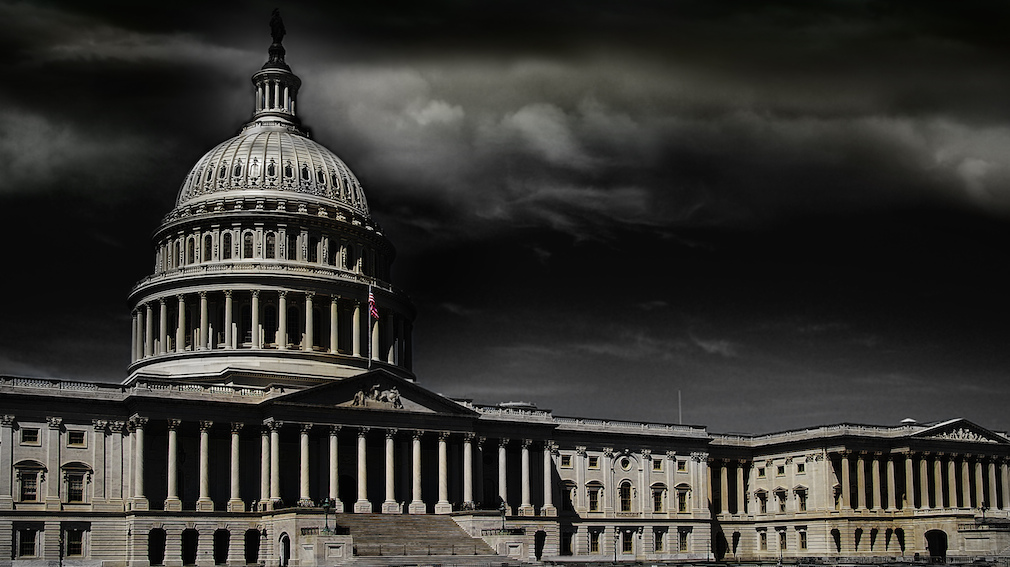The House of Representatives is set to consider the Republican-led Financial CHOICE Act, H.R. 10, next Wednesday, which is the leading option to replace the Dodd-Frank Wall Street Reform and Consumer Protection Act.
The Financial Services Committee passed the Financial CHOICE Act, H.R. 10, in May in a completely partisan vote (34-26).
House Financial Services Committee Chairman Jeb Hensarling, R-TX, first introduced the act last year in attempts to replace the Dodd-Frank Wall Street Reform and Consumer Protection Act.
Then, shortly after the new Trump Administration announced an executive order to beginning rolling the act back, Hensarling released an updated version of the act, dubbed the Financial CHOICE Act 2.0, on April 19. CHOICE stands for Creating Hope and Opportunity for Investors, Consumers and Entrepreneurs.
“The Financial CHOICE Act offers economic opportunity for all and bank bailouts for none. The era of ‘too big to fail’ will end and we will replace Dodd-Frank’s growth-strangling regulations on community banks and credit unions with reforms that expand access to capital so small businesses can create jobs and consumers have more choices and options when it comes to credit,” said Hensarling on the upcoming vote.
“With the Financial CHOICE Act, we will unleash America’s economic potential and give Main Street job creators desperately needed help so more Americans can find work, have good careers and give their families a better life,” he continued.
As ordered by the House Committee on Financial Services, the Congressional Budget Office, a nonpartisan analysis for the U.S. Congress, released its findings on the CHOICE act in May, citing that under the act, direct spending would be reduced by $30.1 billion, and revenues would be reduced by $5.9 billion.
But as Republican keeps fighting for the Dodd-Frank replacement, House Democrats have fought to preserve it, especially the Consumer Financial Protection Bureau, which would face some of the most drastic changes under the CHOICE act.
The only hearing on the bill was met with a lot of opposition from committee Democrats, who ended up using a political work around to schedule a follow-up hearing in order to voice their disproval of the “Wrong Choice Act.”
However, regardless of all the political theatre, the CHOICE act is officially set to go before the full House for debate and vote.
Even if successful, the CHOICE Act is expected to fall in the Senate, where a bill of this magnitude would need a filibuster-proof vote in the Senate, which is 60 votes or more. Many believe Democratic support will not be enough to side with Republicans, and the bill will not make it through to the President's desk.






